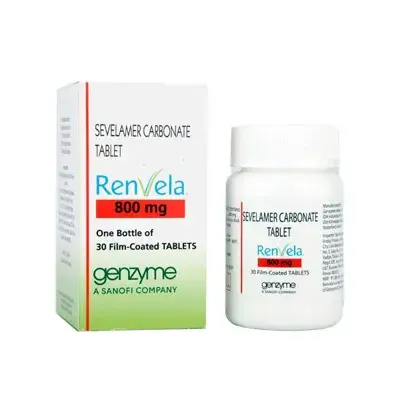Liver disease encompasses a range of conditions that impair the liver’s ability to detoxify blood, produce bile, synthesize proteins, and store nutrients. It includes acute injuries (e.g., drug-induced hepatitis), chronic conditions (e.g., non-alcoholic fatty liver disease, cirrhosis), and viral hepatitis (HBV, HCV).
-
Jaundice: Yellowing of skin and eyes due to bilirubin buildup
-
Fatigue & Weakness: Reduced energy from impaired metabolism
-
Abdominal Pain & Swelling: Discomfort and ascites in the upper right quadrant
-
Pruritus: Itchy skin from bile salt deposition
-
Dark Urine & Pale Stools: Altered bilirubin excretion
-
Cognitive Changes: Confusion or drowsiness in hepatic encephalopathy
-
-
Diabetes Mellitus: High glucose damages glomeruli (diabetic nephropathy)
-
Hypertension: Chronic high pressure injures renal vessels
-
Glomerulonephritis: Immune-mediated inflammation of filtering units
-
Polycystic Kidney Disease: Genetic cyst formation and loss of tissue
-
Obstruction: Stones, tumors, or enlarged prostate blocking urine flow
-
Autoimmune Disorders: Lupus nephritis, vasculitis
-
-
Alcohol Binge Drinking: Accelerates inflammation and fibrosis
-
High-Fat, High-Sugar Diets: Promote fatty liver progression
-
Drug Interactions: Hepatotoxic medications or supplements
-
Viral Reactivation: Immunosuppression or co-infection with hepatitis viruses
-
Excess Iron or Copper Accumulation: Dietary or genetic factors
-
-
Liver Function Tests (LFTs): ALT, AST, ALP, GGT, bilirubin levels
-
Imaging: Ultrasound, FibroScan, CT or MRI to assess steatosis and fibrosis
-
Viral Serologies: HBsAg, anti-HBc, HCV RNA for hepatitis screening
-
Autoimmune Markers: ANA, anti-smooth muscle, AMA for autoimmune hepatitis/PBC
-
Liver Biopsy: Histologic staging of inflammation, fibrosis, or steatosis
-
-
Hepatoprotective Agents:
-
Silymarin (Milk Thistle), Glycyrrhizin for antioxidant support
-
-
Cholestasis Management:
-
Ursodeoxycholic Acid to improve bile flow in cholestatic liver disease
-
-
Ascites & Edema Control:
-
Spironolactone, Furosemide to mobilize excess fluid
-
-
Hepatic Encephalopathy:
-
Lactulose, Rifaximin to reduce ammonia absorption
-
-
Antiviral Therapies:
-
Tenofovir, Entecavir for chronic HBV; Sofosbuvir + Ledipasvir for HCV
-
-
Lifestyle & Support:
-
Abstain from alcohol, adopt a balanced diet, manage diabetes and lipids
-
-
Surveillance & Referral:
-
Regular screening for hepatocellular carcinoma in cirrhosis; transplant evaluation if decompensated
-
-
Q1: Can fatty liver be reversed?
A: Yes—through weight loss, exercise, glycemic control, and lipid management, NAFLD can regress in early stages.
Q2: How is cirrhosis managed?
A: With diuretics for ascites, lactulose for encephalopathy, beta-blockers to prevent variceal bleeding, and surveillance for liver cancer.
Q3: Are antiviral medications for hepatitis lifelong?
A: HBV treatment is often long-term; HCV can be cured with a finite course of direct-acting antivirals.
Q4: What diet supports liver health?
A: A Mediterranean-style diet rich in vegetables, lean protein, whole grains, and healthy fats supports liver function.
Q5: When should I see a hepatologist?
A: If you have persistently elevated LFTs, signs of decompensation (ascites, encephalopathy), or confirmed viral hepatitis.





